TECH REVIEW – The Redmi Note 13 Pro+ rolls out an array of innovations, yet Xiaomi’s software approach continues to puzzle. Special attention has been paid to the device’s exterior design, elevating it to a prestigious position in its category, though the sluggish updates and absence of certain features tarnish the overall image.
Xiaomi spared no expense in the presentation of the Redmi Note 13 Pro+, resulting in one of the most eye-catching phones in the mid-range segment. The device, equipped with a curved AMOLED display, has received a significantly more sophisticated appearance, and the reimagined back panel suggests a breath of freshness. Boasting the Dimensity 7200 Ultra top-tier hardware, a battery that lasts all day complemented by 120W fast charging, an in-display fingerprint reader, and IP68 water resistance, it stands out. However, Android 14 is still on the horizon, and the MIUI operation remains unchanged. The lack of basic video recording functions, less useful auxiliary cameras, and not providing the exceptional value for money as its predecessors do, leads to disappointment.
Xiaomi’s Redmi Note series once symbolized value for money on a global scale, defining the brand. Previous models targeted the budget category, but over the past year, Xiaomi has shifted direction towards the mid-range segment. As noted in my review of the Redmi Note 12 Pro+, Xiaomi adopted a misleading strategy. Instead of focusing on value, it chased models like the Galaxy A54 and Pixel 6a, ending up with a device that couldn’t perform on the same level as these competitors.
Software Front Remains Quiet
A year later, only a gentle breeze of change brushes the surface of the Redmi Note 13 Pro+, mirroring its predecessor in many ways, with software frustrations persisting – the device launches with Android 13 in January 2024, and while Xiaomi unveiled a thoroughly rethought HyperOS, MIUI 14 remains our steadfast companion. The same supplementary cameras make a return for another season, unfortunately not altering their interpretation.
However, light at the end of the tunnel has not vanished – the phone receives an in-display fingerprint reader, a curved AMOLED display at a time when other brands are turning to flat panels, and IP68 dust and water resistance. As expected, the price tag of the Redmi Note 13 Pro+ has climbed higher than last year’s model, thus slightly diminishing the price-value ratio further. The Redmi Note series has been the flagship of budget-friendly, high value-for-money devices over the past decade, but it seems that era has ended; Xiaomi has set the bar higher, and we are eager to see how it fares in the mid-range competition this time around.
Xiaomi unveiled the Redmi Note 13 series at home towards the end of 2023, followed by the global premiere of the devices in India on January 4, 2024. As in the previous year, the Redmi Note 13 Pro+ tops the lineup, boasting a 200MP primary camera, MediaTek Dimensity 7200 Ultra processor, and a 5000mAh battery supporting 120W fast charging. The device is priced attractively in Hungary, hovering around 100,000 forints.
At this stage, it would be surprising if Xiaomi did not refresh its phones’ designs annually. The Redmi Note 13 Pro+ features a new design on its back, with large rings encircling each camera module, moving away from island-like solutions. This change lends a cleaner appearance to the device, with the white variant, in particular, exuding elegance.
Sleeker, More Elegant, and Fully Protected Against Elements
The phone arrives in white and black, each variant enhanced by a glass back that elegantly covers the cameras, with the rear adopting a matte glass design. While I would have appreciated a dual-tone texture to present the design, the same silky touch dominates everywhere.
A leather-clad version is also eye-catching, which I recommend if you’re making a choice. This year’s big launch is a 3D curved screen, resulting in symmetrical curves on both the front and back of the device. This gives the Redmi Note 13 Pro+ a refined appearance that sets it apart from its predecessors, and this design is exclusive to the Pro+ model – the standard Note 13 Pro sticks with a flat display.
The device boasts an aluminum frame with a matte coating, providing a comfortable thickness for holding. Xiaomi has reinforced the frame’s edges, offering better protection against falls, though I had no opportunity to test this feature after a week of use. In relation, the display is now protected by Gorilla Glass Victus, further enhancing impact resistance.
It’s excellent news that the Redmi Note 13 Pro+ comes standard with IP68 dust and water resistance – a rarity in the mid-range category. Xiaomi had previously implemented IP53 rating, but now steps up with full IP68 protection, making the device even more resistant to the elements.
The integration of the fingerprint reader module into the display is also a welcome change; Xiaomi had previously offered a side-mounted reader on last year’s model, making the in-display optical fingerprint module a refreshing innovation. The sensor authenticates quickly and reliably, though its placement means that, similar to the Vivo X100 Pro and iQOO 12 models, one-handed unlocking requires a bit of thumb maneuvering.
The only minor inconvenience is the device’s tendency to collect fingerprints, thus ideally necessitating the use of a case. Another reason for a case is that the protruding camera modules cause the phone to wobble on the table during use. Aside from this, the Redmi Note 13 Pro+ meets expectations in all aspects; it boasts premium construction, looks stunning, and is currently one of the most attractive mid-range phones on the market.
Xiaomi has implemented numerous updates in this area, and although the display size remains 6.67 inches, this is the only similarity to last year’s model. The panel is significantly brighter – up to 1800 nits in HDR content – providing better visibility outdoors. The resolution has also increased, with the display now offering 2712 x 1220 resolution and 446ppi pixel density, delivering a sharp and detailed image.
These improvements further elevate the Redmi Note 13 Pro+’s standing, and although the device has improved both externally and in technical prowess, software challenges and the absence of basic functions shade the complete picture. However, the updates made in design and hardware significantly contribute to the device standing out in the mid-range category, ensuring Xiaomi remains a key player in this segment of the mobile market.
Impressive AMOLED Display and Hardware Designed for Gaming
The real change lies in the display design; a double-curved panel greets us now, with a 25-degree curve, making the experience truly unique. As a fan of curved displays, I find no fault with the Redmi Note 13 Pro+; there’s ample room for a secure grip, and the curved sides make navigating the user interface a breeze.
The vibrancy of colors is impressive, and you can freely adjust the color balance to your preference. The usual features, such as the always-on display that allows for custom styles and a dedicated reading mode, are also available. Like other Xiaomi phones, the Redmi Note 13 Pro+ defaults to 60Hz, so you’ll need to manually activate the 120Hz refresh rate in the settings.
Streaming content looks particularly good on the Note 13 Pro+, thanks to Widevine L1 support, and the stereo sound perfectly complements the visual experience. The bezels have become slimmer compared to the previous year, and the curved display makes the device even more impressive, whether you’re gaming or streaming content. The display is also gentle on the eyes, thanks to 1,920Hz PWM dimming, an area where Xiaomi and other Chinese manufacturers excel.
Previous Redmi Note models weren’t exactly optimized for gaming, with Xiaomi focusing more on everyday usability. This was partly due to outdated hardware; the Redmi Note 12 Pro+ was equipped with a Dimensity 1080 processor, which was essentially a rebranded version of the Dimensity 920 found in the Note 11 Pro+.
The need for an upgrade was clear, and fortunately, Xiaomi has made hardware improvements this time around. The Note 13 Pro+ comes with a Dimensity 7200 Ultra processor, built using 4nm technology, thus significantly improving efficiency. It utilizes a combination of Arm v9 Cortex A715 and A510 cores, along with a Mali-G610 GPU with four shader cores.
The difference is immediately noticeable, and the Note 13 Pro+ handles intensive games much better. Multitasking is smooth, and after a week of use, I experienced no slowdowns. Xiaomi does not allow the running of 3DMark and CrossMark applications on their devices, so I cannot share precise stability values, but real-world testing showed that the Dimensity 7200 began to throttle after about 15 minutes of use, still providing an acceptable frame rate. The phone does get warm during gaming, but not uncomfortably hot.
After using outdated storage solutions in the previous two models, Xiaomi now employs UFS 3.1 storage units in the Note 13 Pro+, a welcome upgrade. Wi-Fi 6, Bluetooth 5.3, and NFC are available, along with an appropriate vibration motor that offers pleasant feedback. While not as detailed as the Xiaomi 13 Ultra’s, this is completely understandable.
The Redmi Note 13 Pro+ retains the same 5000mAh battery capacity as the previous model, with the same 120W charging technology. Thanks to the more efficient Dimensity 7200, the phone lasts a bit longer on a single charge, easily making it through a full day. Even with intensive use, you don’t have to worry about the battery running out by the end of the day.
The included 120W charger fully charges the battery in about 24 minutes, and as in previous years, you need to activate the Boost charging mode in the phone’s settings to utilize the full charging potential. The battery reaches 50% charge after 8 minutes and 80% after 15 minutes.
Camera Takes Center Stage!
The Redmi Note 13 Pro+’s rear features a 200MP camera, now using a Samsung HP3 module with an f/1.65 aperture and a 1/1.4-inch sensor size. The real headache is that there has been no change in this area; the same limitations as the Note 12 Pro+ persist. 4K video recording at 60fps is still not possible, which is unacceptable for a device in this price range.
The additional cameras remain unchanged, including an 8MP wide-angle lens that performs adequately in sunny conditions, and a 2MP macro lens, possibly the least effective sensor used on phones to date. Xiaomi’s repeated model choice year after year speaks volumes about how much it considers user feedback.
The camera interface hasn’t changed for a while, offering various shooting modes in a bottom menu. Despite the lack of a zoom lens, there’s an option for up to 4x digital zoom, though it’s rarely worth the effort.
Photos taken in sunlight are excellent, with the phone delivering great dynamic range and accurate, not overly saturated colors. Like other devices with a 200MP camera, images are downscaled to 12.5MP, but there’s also an option for 50MP shots, which are noticeably more detailed. The device also performs well in low light conditions, producing nice color reproduction.
However, there are issues with accurate focusing, and visible noise – the Night mode produces cleaner images in challenging conditions, but it requires some extra effort. Honestly, not much has changed since last year, and although the colors are slightly better, the camera doesn’t reach the brilliance of the Pixel 7a or the Nothing Phone (2).
The 8MP wide-angle module produces acceptable images under good lighting conditions, but closer inspection reveals inconsistencies and deviations in color balance. It doesn’t hold up in low light conditions, and the device would have been better served with a higher quality module.
Xiaomi would have done better to focus on this area, as in its current state, you wouldn’t choose the Redmi Note 13 Pro+ for its cameras.
The Familiar MIUI 14, HyperOS Still Awaiting!
Not much has changed on the software front, with the Redmi Note 13 Pro+ arriving with Android 13 and the well-known MIUI 14, currently found in the majority of Xiaomi devices. Despite Xiaomi unveiling HyperOS at the end of last year, this new system is not yet available on the latest devices.
It’s questionable why Xiaomi didn’t make HyperOS the default over MIUI. The official explanation is that HyperOS is still in the testing phase, and Xiaomi wants to iron out the system’s bugs, but this rationale seems weak, considering other Xiaomi devices are already appearing with the new interface.
It’s likely that Xiaomi does not want to default to Android 14, as this would entail an additional year of software support. This has been a contentious issue for a long time, and while it was understandable when devices were aimed at the budget segment, it no longer makes sense given the current pricing of the devices.
Due to Xiaomi’s stubborn policy, you get the same MIUI 14 version you might have become accustomed to over the past 12 months if you’ve used a Xiaomi or POCO phone. The same pre-installed apps, the same frustrating memory management errors, and the same excessive customizability that complicates usage.
MIUI has long awaited an update, and I was curious to see what changes Xiaomi would bring with HyperOS. The inability to use this system detracts from the prestige of Xiaomi’s series; even the brand doesn’t believe these devices are worthy of the update. For example, the POCO X6 Pro is globally launching with HyperOS, showing how important the Note 13 series is to Xiaomi.
Regarding software updates, Xiaomi promises three guaranteed Android OS updates for the Note 13 Pro+ – one more than promised last year. This is encouraging news, meaning the device will update to Android 15 when available. The only catch is patience; it’s unpredictable when the device will receive the update.
Software Challenges Remain, but Design and AMOLED Display Compensate
The Redmi Note 13 Pro+ continues to grapple with the software difficulties that plagued its predecessors; the device comes with MIUI 14 and runs Android 13 by default. The timing for Android 14’s release is uncertain, and while Xiaomi promises the update for the first quarter of 2024, it’s questionable whether this will be honored – the Note 12 Pro+ only transitioned to Android 13 in the second half of 2023.
However, hardware plays a significant role, and the Redmi Note 13 Pro+ boasts several attractive features. The curved AMOLED display offers a delightful user experience, the device delivers powerful performance, and includes an in-display fingerprint reader, as well as IP68 water and dust resistance. Yet, the software determines how long the phone will actually be usable, and Xiaomi’s questionable practices suggest you might be looking for a new device within two years.
On its own, the Redmi Note 13 Pro+ is not a bad device, but it faces stiff competition from rivals with better software and outstanding camera features. It lacks a distinctive feature that sets it apart, which is its biggest shortfall.
-Gergely Herpai (BadSector)-
Pro:
+ Impressive design
+ Vibrant 120Hz AMOLED screen
+ Good 200MP rear camera with IP68 dust and water resistance
Contra:
– Still no 4K at 60fps
– Unusable secondary cameras
– Slow software updates
Redmi Note 13 Pro
Design - 9.2
Software - 7.4
Hardware - 8.2
Camera - 7.8
Value for Money - 8.4
8.2
EXCELLENT
The Redmi Note 13 Pro+ presents several noteworthy hardware innovations, such as the curved AMOLED display and enhanced performance. However, software concerns and the slow pace of updates continue to present challenges. It is crucial for Xiaomi to refine its software update strategy and camera features to maintain its position in the increasingly competitive mid-range mobile phone market.

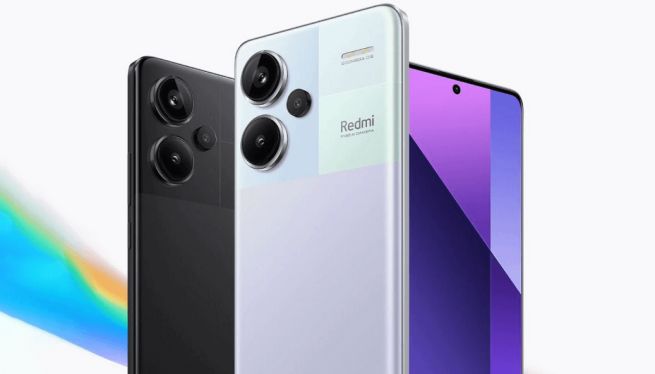
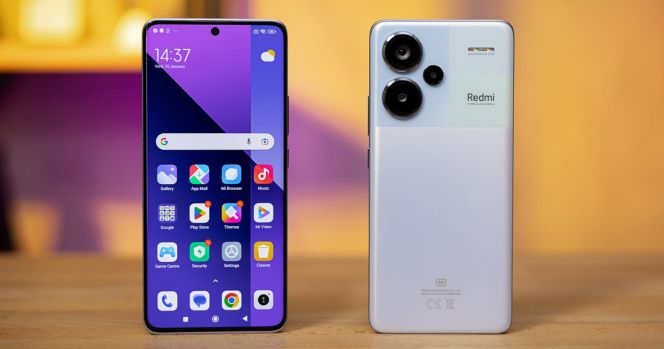
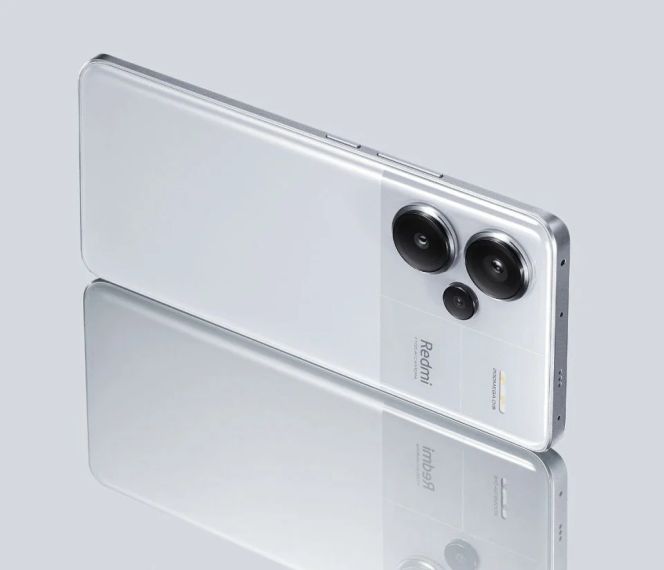

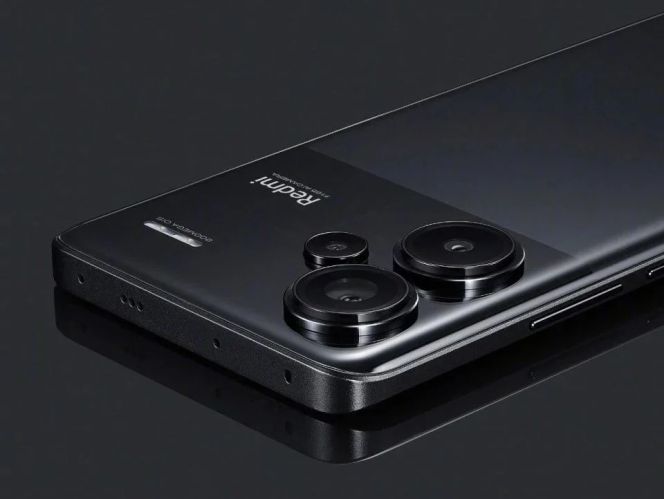
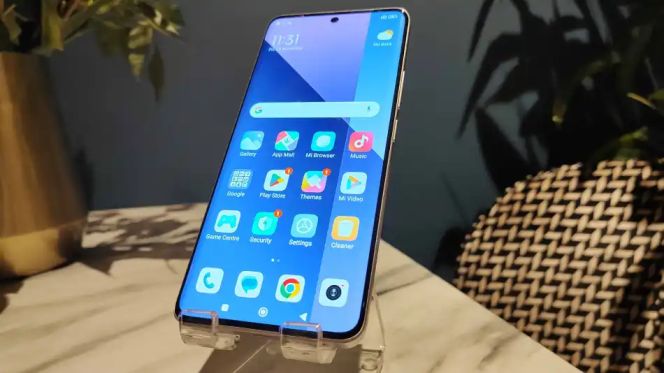







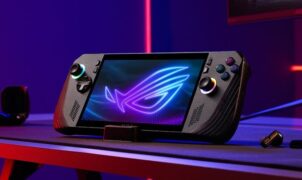






Leave a Reply